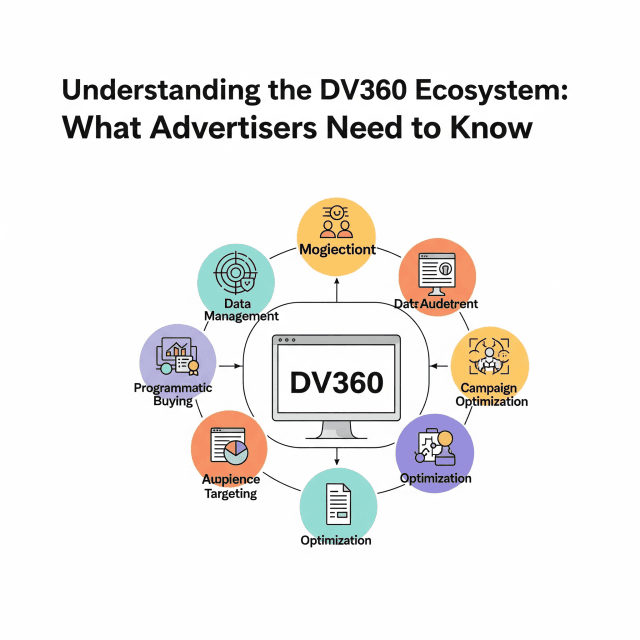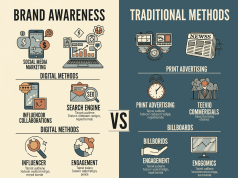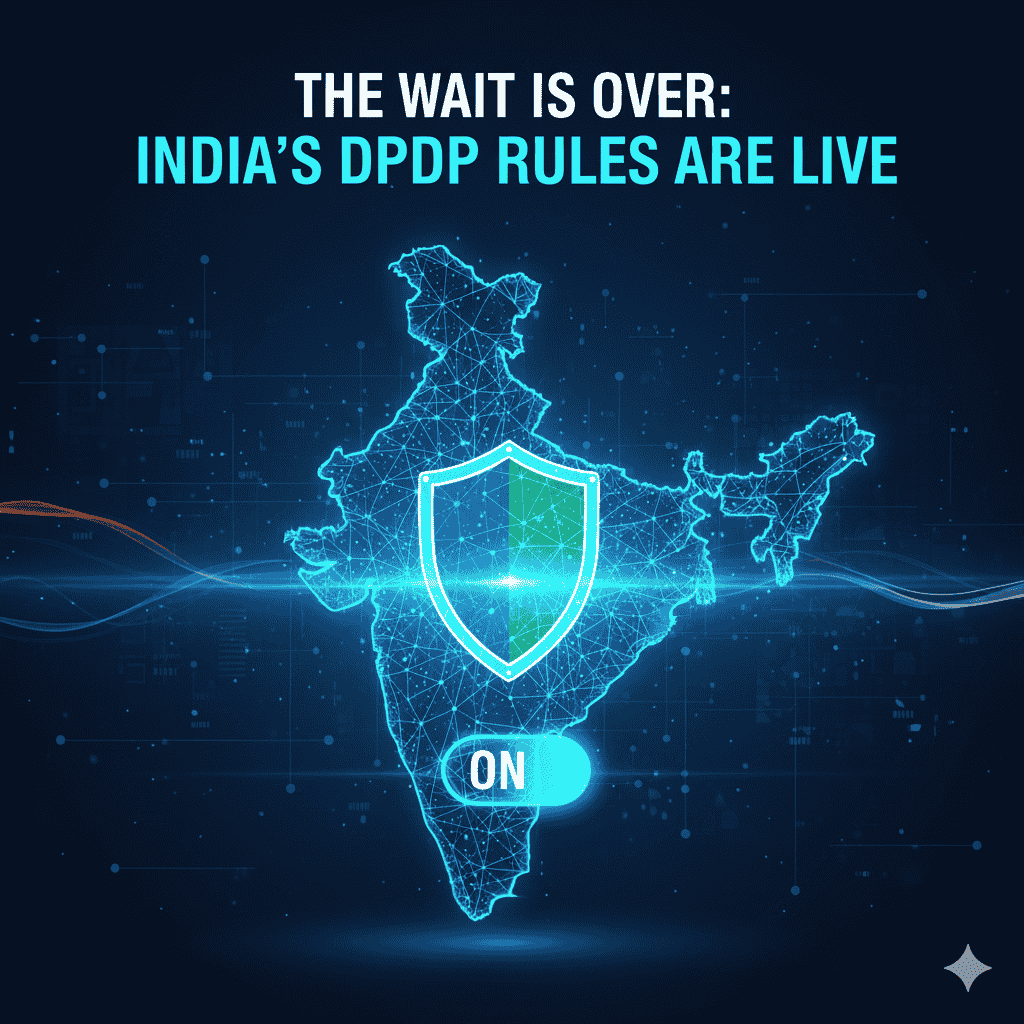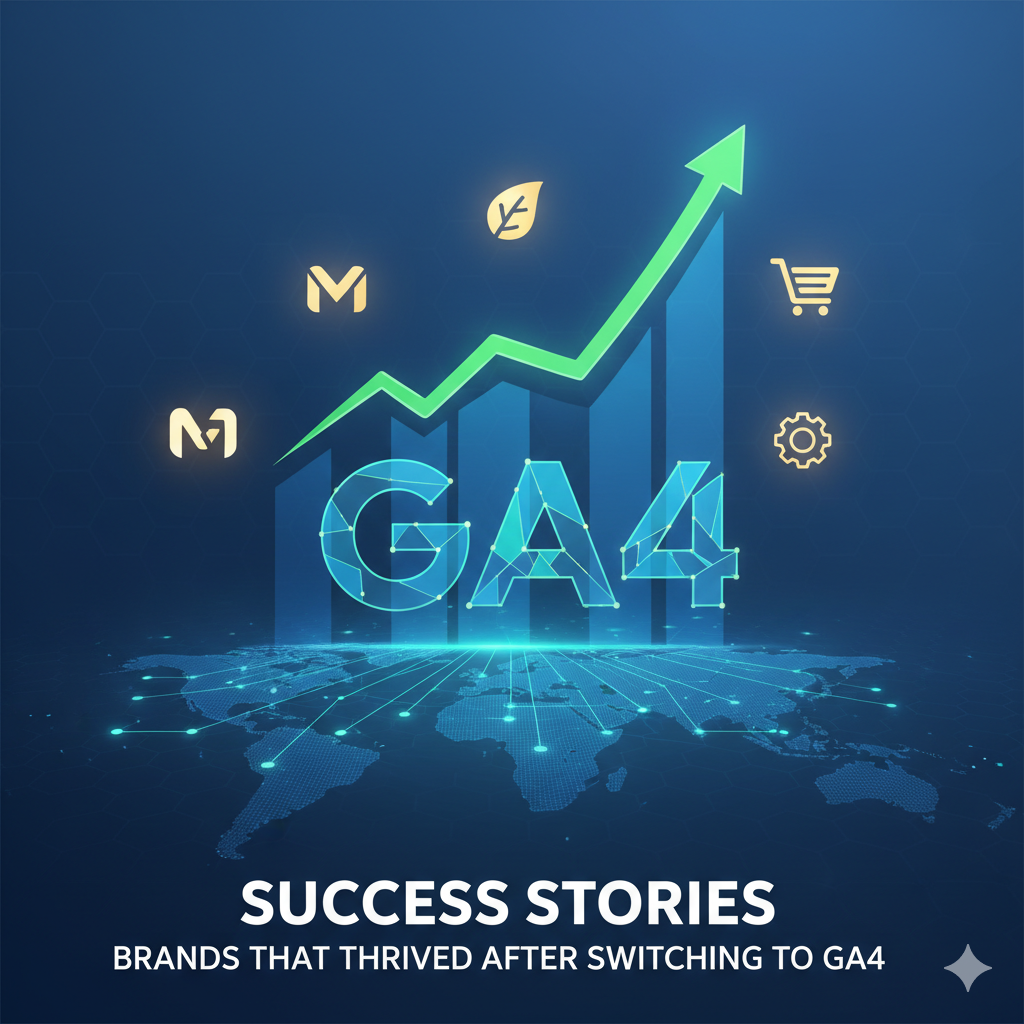In the ever-evolving landscape of digital advertising, demand-side platforms (DSPs) play a crucial role in helping advertisers efficiently manage and optimize their advertising campaigns. Google’s Display & Video 360 (DV360) is one such platform that enables advertisers to reach their target audiences across various channels and formats. Here’s a comprehensive guide to understanding the DV360 ecosystem and what advertisers need to know to maximize their effectiveness within it.
What is DV360?
Display & Video 360 (DV360) is an integrated platform that combines several key functionalities for advertisers, agencies, and brands. It allows users to create, manage, and optimize digital ad campaigns across display, video, audio, and mobile app inventory. DV360 is part of the Google Marketing Platform, which provides a suite of tools for analytics, media buying, and creative management.
Key Features of the DV360 Ecosystem
Unified Campaign Management: DV360 allows for centralized control over all ad campaigns, providing a single interface for strategy, execution, and measurement.
Audience Targeting: Advertisers can use first-party and third-party data to create detailed audience profiles. DV360 supports custom segments based on user behavior, demographics, and interests.
Creative Management: The platform enables the storage, organization, and optimization of creative assets, making it easier to deliver relevant ads to the right audiences.
Cross-Channel Integration: DV360 supports various ad formats across multiple channels, including display, video, audio, and television, allowing for a cohesive brand strategy.
Real-Time Bidding (RTB): Advertisers can participate in real-time auctions for ad placements, ensuring they can secure the best ad spots based on their budget.
- Comprehensive Reporting and Analytics: The platform offers robust reporting tools that provide insights into campaign performance, allowing advertisers to make data-driven decisions.
Navigating the DV360 Ecosystem
Understanding Inventory Sources
DV360 connects advertisers to a wide range of inventory sources, including Google Ads, YouTube, and thousands of publisher sites via the Google Display Network. This broad access helps advertisers diversify their campaigns and tap into various audience segments.
Ad Formats and Creatives
When creating advertisements, advertisers must consider the different formats available on DV360, such as:
- Display Ads: Banner ads that can appear on websites and apps.
- Video Ads: Ads that can be shown on streaming platforms and social media.
- Audio Ads: Ads designed for audio streaming platforms.
- Native Ads: Ads that blend with the content of the site.
Audience Targeting Options
DV360 offers a range of audience targeting options, including:
- Affinity Segments: Targeting users based on interests.
- In-Market Segments: Focusing on users actively considering buying products or services.
- Custom Audiences: Creating unique audience segments using first-party data.
Best Practices for Optimizing DV360 Campaigns
Utilize Contextual Targeting: In addition to audience targeting, use contextual targeting to place ads on relevant sites, ensuring higher engagement rates.
A/B Testing: Regularly conduct A/B tests on creatives, targeting, and bidding strategies to discover the most effective combinations.
Monitor Performance Metrics: Keep an eye on KPIs such as click-through rates (CTR), conversion rates, and return on ad spend (ROAS) to determine campaign effectiveness.
Leverage Automation: Employ machine learning tools offered by DV360 for optimization, such as Smart Bidding strategies, to maximize campaign performance.
- Stay Updated with Trends: Digital advertising is dynamic. Staying informed about industry trends, platform updates, and audience behavior changes will keep your campaigns relevant and effective.
Conclusion
Understanding the DV360 ecosystem is essential for any advertiser looking to navigate the complexities of digital marketing effectively. By leveraging its versatile features, robust targeting options, and comprehensive reporting tools, advertisers can build and execute campaigns that not only reach their target audiences but also drive results.
By implementing best practices and continuously optimizing their strategy, advertisers can harness the full potential of DV360, ensuring their campaigns are not just seen, but also resonate with the audience they aim to engage. With the right knowledge and approach, DV360 can be a powerful ally in the competitive digital advertising landscape.









